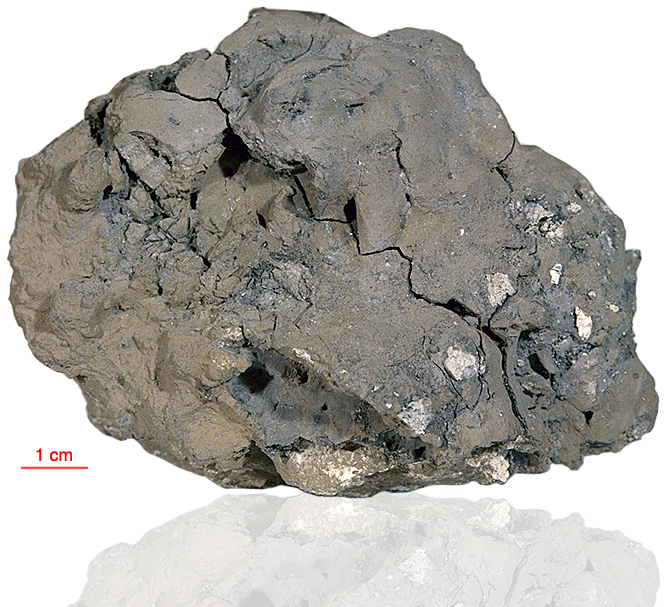
Fact sheet
65095 could be a crushed anorthosite. Its matrix has a high proportion of clasts including grains of plagioclase feldspar, mafic minerals, metallic iron, troilite, ilmenite and spinel as well as clasts of poikilitic and basaltic impact melt, cataclastic anorthosite and rare mafic vitrophyre. There are also fragments of glass in the matrix. Some glass beads have komatiitic composition.
The sample weighed 560.1 grams before analysis and has not been dated.
Further details of this and other Apollo samples are here: http://curator.jsc.nasa.gov/lunar/
The Apollo 16 landing site was in the hilly region around Descartes crater in the lunar highlands. The landing spot was chosen to allow the astronauts to gather geologically older lunar material (Descartes Formation and the Cayley Formation) than the samples obtained in the first four landings, which were in or near lunar maria.
The mission lasted 11.1 days, with a stay on the lunar surface of 71 hours. The crew were on the lunar surface for 20.2 hours during which they traversed approximately 27 kilometers and collected approximately 96 kilograms of samples.
Apollo 16 was launched on 16 April 1972.






